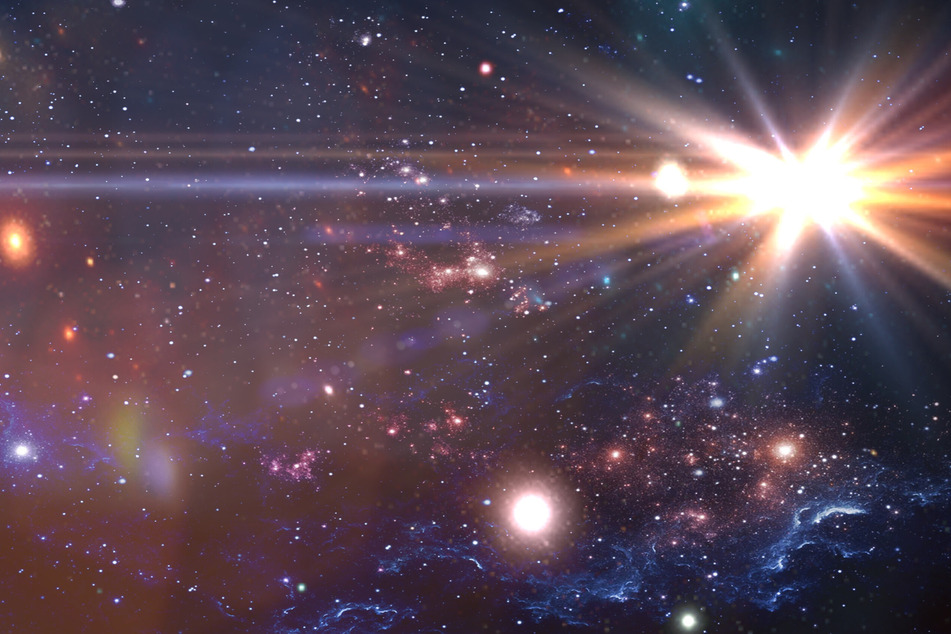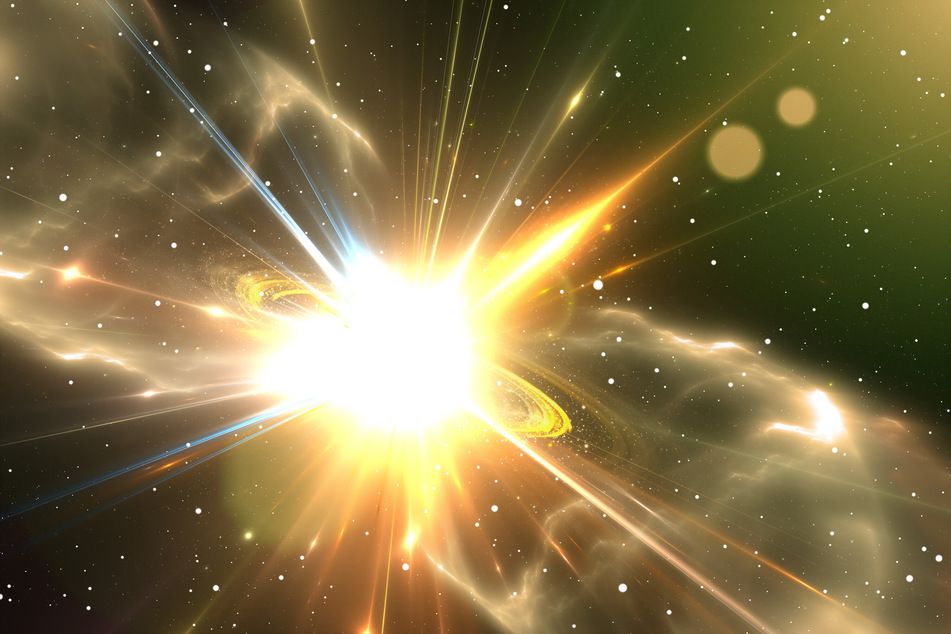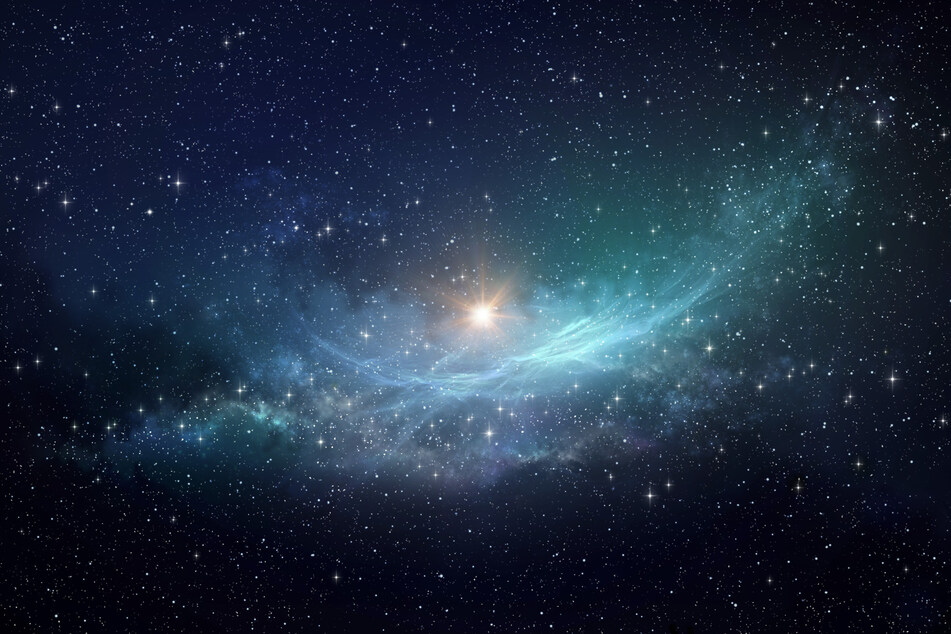Star that exploded 21 million light years away identified
Preston, UK - A star that exploded in a galaxy just 21 million light years from Earth was a red supergiant, a UK astrophysicist said.

The explosion was detected around 10 days ago and made headlines as astronomers raced to observe the once-in-a-decade supernova.
Red supergiants are very large stars approaching the later stages of their stellar life.
The supernova, dubbed SN 2023ixf, occurred in the Pinwheel Galaxy, and was first seen by an amateur Japanese astronomer on May 19.
Joanne Pledger, an astrophysicist at the University of Central Lancashire, identified the star as a red supergiant after quickly analyzing the data she had gathered over the past decade on the Pinwheel Galaxy.
Pledger told the PA news agency, "it was sheer luck that the supernova was in the galaxy I have studied over the last 10 years."
"It was a case of excitement...and a mild panic of 'quick, let's look at the data we have,'" she added.
"When we identify a red supergiant star, we know it is in the later stages of its existence, but of course, we don't know when the supernova will happen – it could be next year, or it could be in a million years."
Supernova hailed as "very exciting" by experts

Pledger said this is the closest supernova humanity has seen in more than a decade, making the event "very exciting."
Her findings have been sent to the Astrophysical Journal Letters, where they are currently undergoing a peer-review process ahead of publication.
Pledger said the original (progenitor) star would have been about eight to 12 times the mass of the Sun, and somewhere between 30 to 50 million years old.
The event was a type II supernova, which occurs when a massive star runs out of fuel and swells into a red supergiant.
Red supergiants stay alive for a few million years or so by burning different elements such as hydrogen or helium.
Data from the Hubble Space Telescope indicates a large proportion of the region surrounding the star's core is rich in hydrogen, which Pledger said is what is seen in the explosion.
She said the brightness from the supernova is still visible in the night sky and can be seen with a relatively small telescope, around four inches long.
Amateur astronomers rush to photograph the event

Following the news of the event, amateur astronomers rushed to take images.
Among them was retired physicist Jane Clark, who said she photographed the exploding star from her home in Wales after reading reports on social media.
Clark, who is an observatory manager at Cardiff Astronomical Society, told PA, "I moved my telescope across to the Pinwheel Galaxy as soon as I decently could, and tried for a photograph."
"I wasn't optimistic. These photos require skill and a bit of planning, but to my surprise the picture came out well."
"I tried my luck again on Tuesday night and obtained another picture."
"The supernova had brightened."
"By now, it outshone all the hundred billion or so stars in this galaxy, except for the nucleus."
Pledger said it will take around two years for the brightness to fade away.
After that, what will remain is a small but extremely dense object such as a neutron star, where a teaspoon of material weighs around 10 million tons.
Pledger told PA that "being able to examine a supernova and compare this to what is known as the progenitor star is extremely useful as it can inform evolution theory and reveal more about how stars are formed."
"This is just the start of the investigation and over the next few years we will closely monitor the supernova to record images and see how it develops."
Meanwhile, Clark said her night-time sleep is canceled "for the foreseeable future."
"I will be out there again with my telescope and camera as long as the good weather holds," she added.
Cover photo: 123RF/honoverclock
